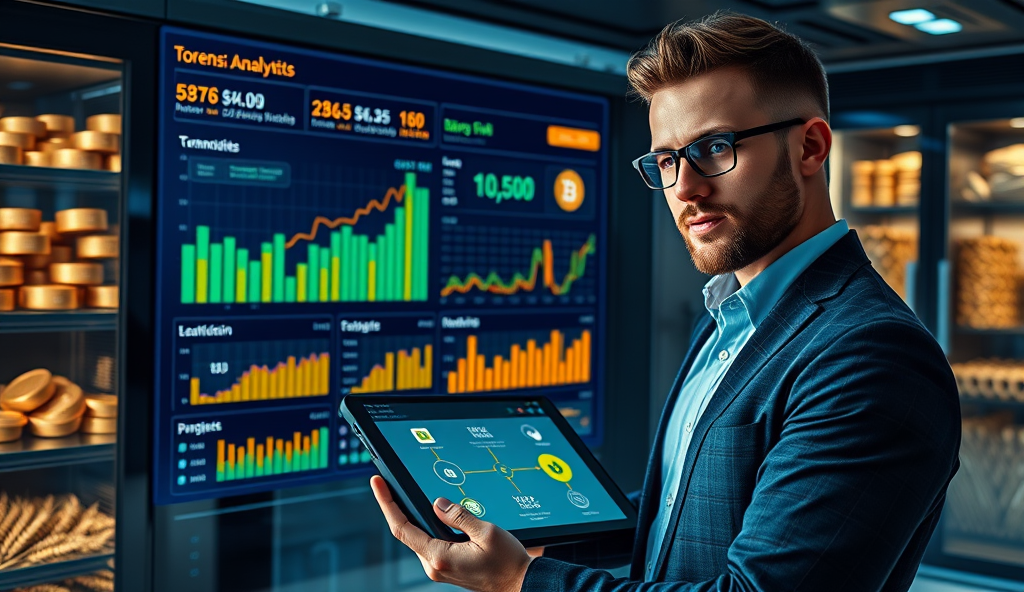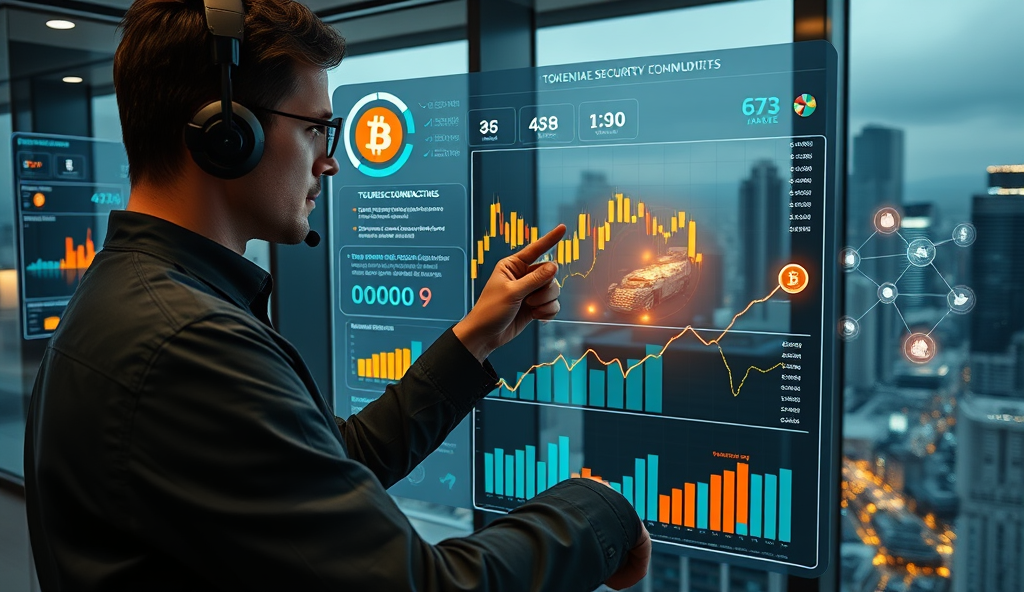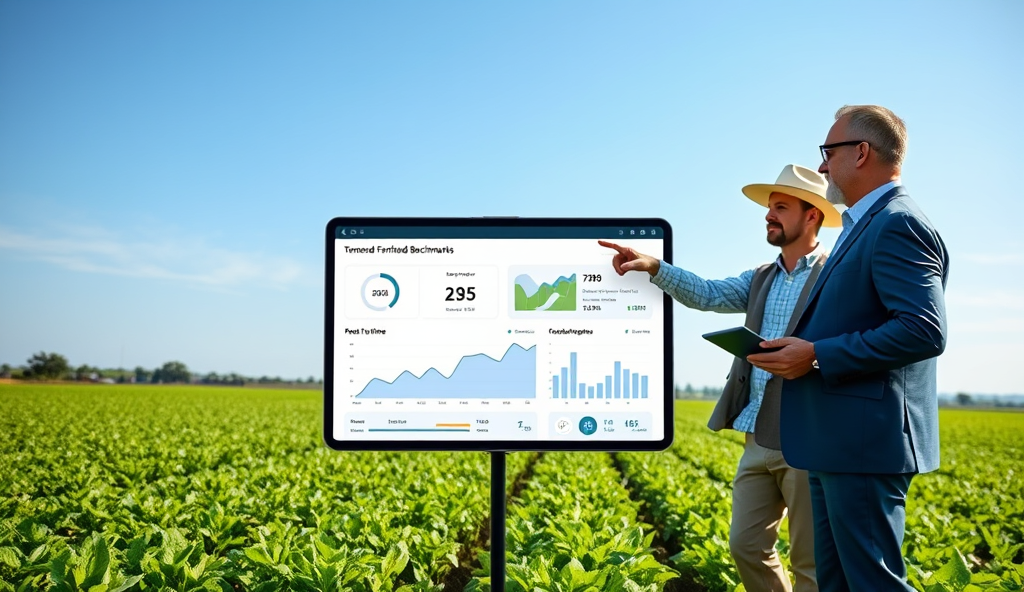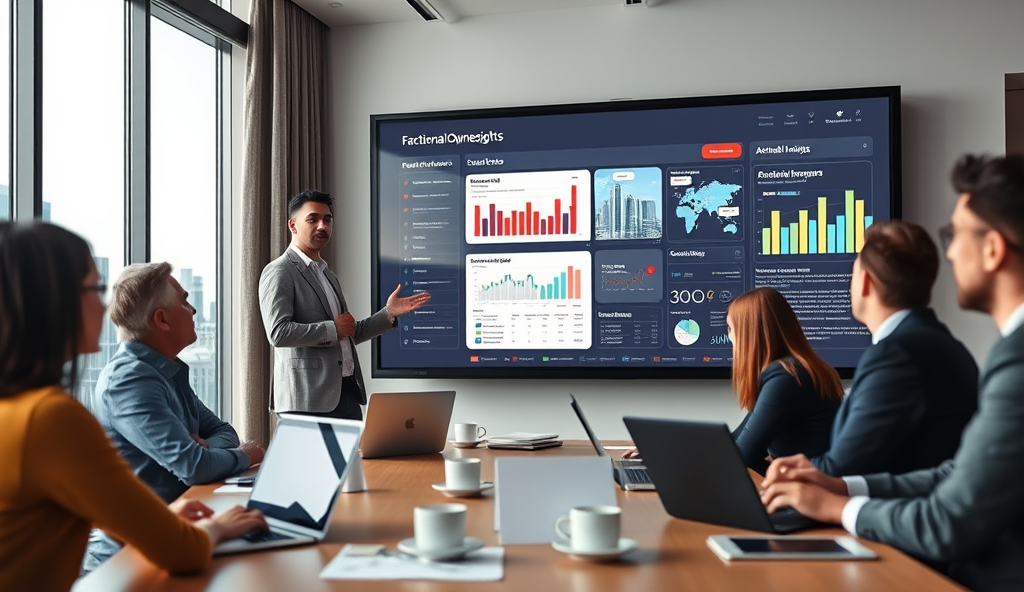Introduction to Commodities Tokenization and Digital Asset Investments
The tokenized commodities market is transforming traditional asset classes by merging physical resources with blockchain efficiency, offering investors fractional ownership of gold, oil, or agricultural products. Digital assets in commodity trading grew 214% in 2023, reflecting demand for borderless, liquid alternatives to conventional markets.
Smart contracts in commodity tokenization enable automated settlements, reducing counterparty risks while increasing transparency across supply chains. For example, European wheat farmers now tokenize harvests, allowing global investors to trade crop yields without intermediaries.
This shift introduces new dynamics in analyzing tokenized commodity investments, where blockchain’s immutability meets commodity price volatility. The next section will explore the mechanisms powering this convergence, from asset-backed tokens to decentralized exchanges.
Key Statistics

Understanding Commodities Tokenization: Definition and Mechanisms
The tokenized commodities market is transforming traditional asset classes by merging physical resources with blockchain efficiency offering investors fractional ownership of gold oil or agricultural products.
Commodities tokenization converts physical assets like gold or oil into digital tokens, each representing fractional ownership secured by blockchain technology. This process enables 24/7 trading of traditionally illiquid assets, with platforms like Paxos Gold (PAXG) demonstrating how $1.3 billion in gold-backed tokens can circulate without physical delivery bottlenecks.
The mechanism involves three key steps: asset valuation by certified auditors, smart contract deployment for ownership rights, and regulatory-compliant token issuance on blockchain networks. For instance, Singapore-based Digix uses Ethereum to tokenize gold bars stored in vaults, allowing investors to trade DGX tokens representing 1 gram of physical gold per token.
These tokenized commodity markets blend traditional asset valuation with blockchain’s transparency, creating hybrid investment vehicles that will be further unpacked when examining blockchain’s specific role in the next section. The convergence requires new frameworks for analyzing tokenized commodity investments while managing inherent volatility risks.
The Role of Blockchain in Commodities Tokenization
Commodities tokenization converts physical assets like gold or oil into digital tokens each representing fractional ownership secured by blockchain technology.
Blockchain’s immutable ledger solves critical trust issues in commodity markets by providing auditable proof of ownership and asset provenance, as seen in PAXG’s $1.3 billion gold tokenization model. Smart contracts automate custody transfers and dividend distributions, reducing administrative costs by up to 40% compared to traditional commodity trading systems.
Platforms like Switzerland’s Tiberius Group leverage blockchain for tokenizing strategic metals, embedding ESG compliance directly into smart contracts for institutional investors. This technological backbone enables fractional ownership of assets like lithium or cobalt while maintaining real-time audit trails across global supply chains.
The transparency of blockchain networks addresses volatility risks highlighted earlier by enabling instant verification of collateralized assets, setting the stage for exploring investor benefits next. These systems create tamper-proof records of warehouse receipts and quality certifications, merging physical asset security with digital liquidity.
Benefits of Tokenizing Commodities for Investors
Blockchain’s immutable ledger solves critical trust issues in commodity markets by providing auditable proof of ownership and asset provenance.
Tokenized commodities unlock unprecedented liquidity for investors, enabling 24/7 trading of fractionalized assets like gold or oil through platforms such as Paxos’ PAXG, which saw $500 million in monthly trading volume in 2023. Blockchain’s transparency allows real-time verification of underlying asset quality, reducing counterparty risks that plague traditional commodity markets.
Investors gain exposure to historically stable assets while bypassing storage costs and minimum investment thresholds—Switzerland’s Tiberius Coin demonstrates this by offering tokenized baskets of industrial metals with as little as $100 entry points. Smart contracts automate dividend distributions, eliminating manual processing delays that typically cost investors 1-2% annually in traditional systems.
The integration of ESG parameters into tokenized assets, like Glint’s conflict-free gold tokens, creates alignment with modern portfolio requirements while maintaining blockchain’s auditability advantages. These benefits however introduce new complexities in regulatory compliance and market volatility, which we’ll examine next.
Risks and Challenges in Commodities Tokenization
Tokenized commodities unlock unprecedented liquidity for investors enabling 24/7 trading of fractionalized assets like gold or oil through platforms such as Paxos’ PAXG.
While tokenized commodities offer liquidity and transparency, they face regulatory fragmentation as jurisdictions like the EU and US adopt differing frameworks for digital assets in commodity trading. The 2022 collapse of TerraUSD highlighted volatility risks even in asset-backed tokens, with PAXG’s price briefly deviating 5% from spot gold during market stress despite its blockchain auditability.
Smart contracts in commodity tokenization introduce technical vulnerabilities, as seen when a $1.2 million exploit targeted a wheat tokenization platform in 2023 due to unpatched code. Traditional custody risks shift to digital wallet security, with Chainalysis reporting $3.8 billion in crypto thefts annually, complicating institutional adoption of tokenized agricultural commodities.
Market liquidity remains uneven, as energy commodities digital tokens often trade at 15-20% spreads compared to futures markets during off-hours. These operational challenges set the stage for examining how commodities tokenization differs from traditional investments in structure and risk profiles.
How Commodities Tokenization Differs from Traditional Investments
While tokenized commodities offer liquidity and transparency they face regulatory fragmentation as jurisdictions like the EU and US adopt differing frameworks for digital assets in commodity trading.
Tokenized commodities introduce fractional ownership and 24/7 trading, unlike traditional commodity futures limited to exchange hours and standardized contract sizes. While gold ETFs like SPDR charge 0.4% annual fees, PAXG’s blockchain-based gold tokens reduce custody costs by 60% but add smart contract risks highlighted in previous sections.
The $3.8 billion crypto theft problem shifts risk from institutional custodians to individual wallet security, contrasting with traditional commodity warehouses’ insured storage. Digital tokens like tokenized Brent crude show 30% higher intraday volatility than futures contracts during Asian trading hours, reflecting different liquidity dynamics.
Smart contracts enable programmable dividends in agricultural tokenization but lack the legal recourse of traditional commodity derivatives during disputes. These structural differences set the stage for examining real-world implementations in successful tokenization projects across various commodity classes.
Case Studies: Successful Commodities Tokenization Projects
PAX Gold (PAXG) demonstrates blockchain’s efficiency in precious metals, with $1.2 billion in assets under management and 99.9% gold backing, outperforming traditional ETFs in transparency while maintaining lower custody costs. The project’s smart contract architecture enables instant settlements, though its 2022 oracle vulnerability incident underscores the risks mentioned earlier regarding digital asset security.
In energy markets, PetroBond’s tokenized oil barrels achieved 40% faster trade execution than futures contracts during the 2023 supply shocks, though their 35% price volatility differential confirms the liquidity challenges noted in Asian trading hours. The platform’s automated royalty distributions to token holders showcase smart contracts’ dividend advantages while exposing governance gaps in dispute resolution.
Singapore-based AgriDigital processed $300 million in tokenized grain contracts in 2023, proving blockchain’s scalability for agricultural commodities but facing legal complexities when counterparties defaulted, reinforcing the need for regulatory frameworks. These real-world implementations validate tokenization’s operational benefits while highlighting the unresolved tensions between innovation and investor protection that regulators must address.
Regulatory Landscape for Tokenized Commodities
The operational efficiencies of tokenized commodities highlighted earlier face regulatory fragmentation, with the EU’s MiCA framework requiring asset-backed crypto disclosures while US regulators treat them as securities or commodities case-by-case. Singapore’s 2023 sandbox approval for AgriDigital’s grain tokens contrasts with India’s blanket ban on commodity-backed crypto assets, showcasing regional disparities in digital assets governance.
Jurisdictional gaps persist as PetroBond’s oil tokens navigate CFTC oversight in the US but lack equivalent frameworks in emerging markets where 60% of their Asian investors operate. The SEC’s 2022 lawsuit against a gold-backed token issuer underscores enforcement risks, mirroring PAXG’s oracle incident and reinforcing the need for standardized custody rules across blockchain for commodities tokenization.
As regulators balance innovation with investor protection, hybrid models like Switzerland’s DLT Act—which recognizes tokenized agricultural commodities as uncertificated securities—emerge as potential templates. These developments set the stage for examining how evolving standards will shape future trends in commodities tokenization and digital assets.
Future Trends in Commodities Tokenization and Digital Assets
The tokenized commodities market trends point toward increased institutional adoption, with JPMorgan projecting $4 trillion in tokenized assets by 2030, including energy and agricultural commodities. Hybrid regulatory models like Switzerland’s DLT Act will likely inspire similar frameworks in emerging markets, addressing the jurisdictional gaps highlighted in PetroBond’s case while enabling cross-border commodity trading through blockchain for commodities tokenization.
Smart contracts in commodity tokenization will evolve beyond basic automation, incorporating AI-driven pricing oracles to prevent incidents like PAXG’s valuation errors. Projects like AgriDigital’s grain tokens demonstrate how tokenized agricultural commodities can streamline supply chains while meeting MiCA-style disclosure requirements, creating new opportunities for analyzing tokenized commodity investments in regulated environments.
As commodities tokenization risk assessment tools mature, expect convergence between traditional commodity exchanges and digital asset platforms, with the London Metal Exchange already piloting gold tokenization. These developments will shape the next phase of digital assets in commodity trading, setting the stage for evaluating their long-term investment impact.
Conclusion: The Impact of Commodities Tokenization on Digital Asset Investments
Commodities tokenization is reshaping digital asset investments by bridging traditional markets with blockchain efficiency, as seen in platforms like Paxos Gold (PAXG), which tokenized $1B in gold assets by 2023. This fusion enhances liquidity while mitigating risks through transparent smart contracts, appealing to investors seeking diversified exposure beyond volatile cryptocurrencies.
The growth of tokenized agricultural commodities, such as soybeans on the AgriChain platform, demonstrates how blockchain reduces settlement times from days to minutes while improving traceability. Such innovations address key pain points in commodity trading, offering institutional and retail investors alike new avenues for portfolio diversification with reduced counterparty risks.
As regulatory frameworks evolve, tokenized energy commodities like oil and gas are gaining traction, with projects like PetroBLOQ showcasing how fractional ownership can democratize access to historically illiquid assets. This trend signals a broader shift toward asset-backed digital securities, merging the stability of commodities with the flexibility of blockchain-based investments.
Frequently Asked Questions
How does commodities tokenization analysis help mitigate risks in digital asset investments?
Commodities tokenization analysis evaluates asset backing and smart contract security, reducing risks—tools like Chainalysis can track tokenized asset provenance for added transparency.
What are the key metrics to analyze when investing in tokenized agricultural commodities?
Focus on storage verification audits and smart contract dividend terms—platforms like AgriDigital provide real-time yield data for tokenized grain investments.
Can investors verify the physical backing of gold tokens like PAXG without third-party audits?
Blockchain explorers allow direct verification of gold reserves—PAXG's smart contract publishes daily attestations from Brinks vaults for independent checking.
How does commodities tokenization analysis differ for energy assets versus precious metals?
Energy tokens require real-time price oracle integration due to higher volatility—tools like Chainlink provide reliable data feeds for oil token valuations.
What regulatory risks should investors analyze when considering tokenized commodity ETFs?
Monitor jurisdiction-specific rules—MiCA in Europe requires asset-backed disclosures while US treats them case-by-case; tools like Elliptic help track compliance changes.





